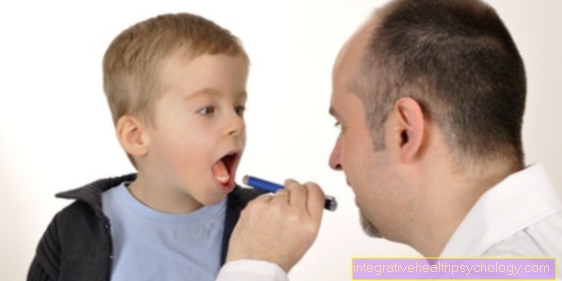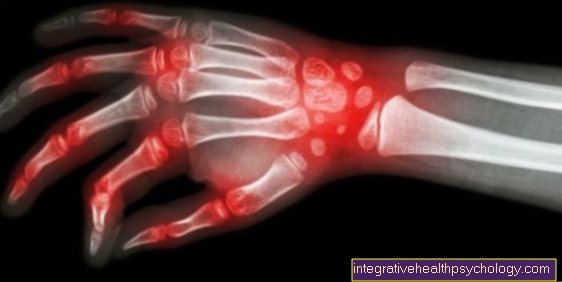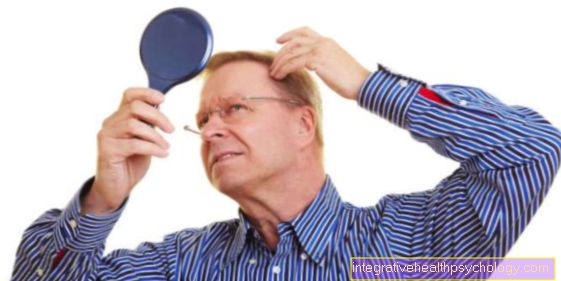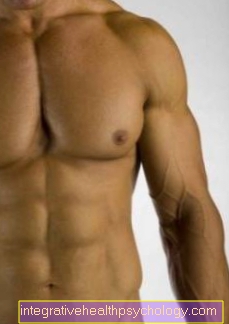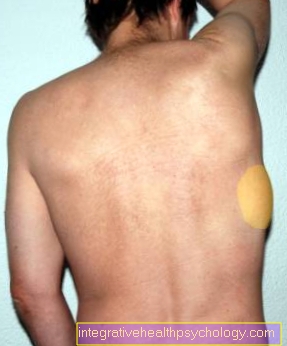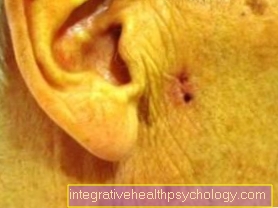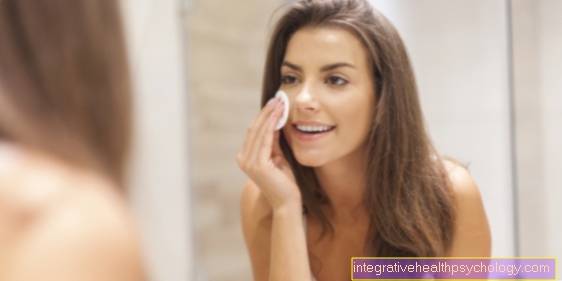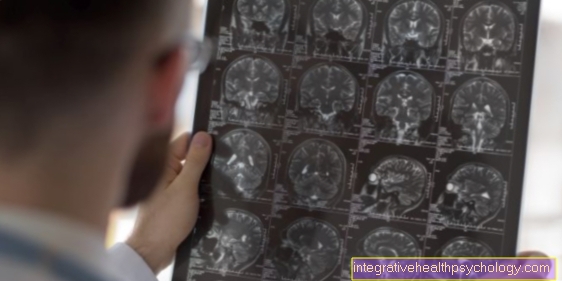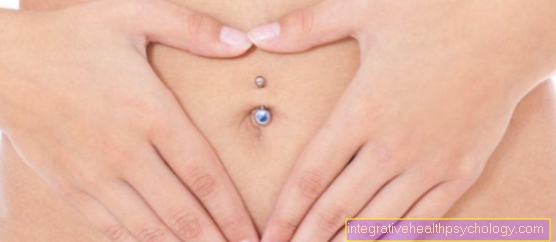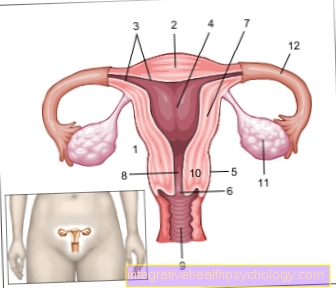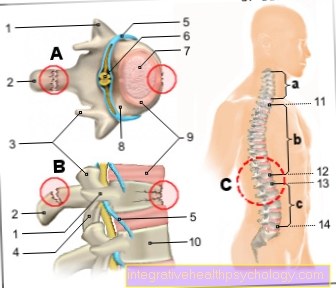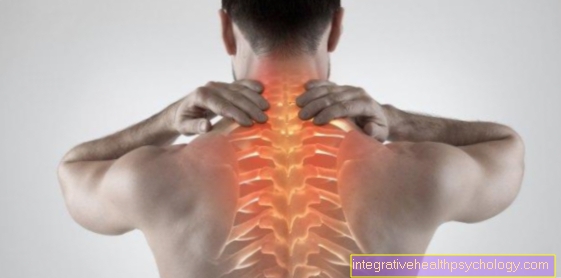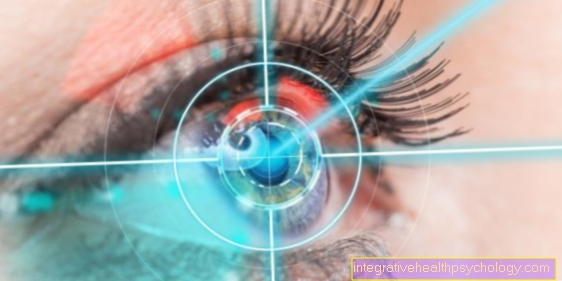Toothbrushing Techniques
What are teeth brushing techniques?
Brushing your teeth is an everyday occurrence and is the most important basis for good oral hygiene and the prevention of tooth decay. Everyone brushes their teeth differently and, unfortunately, often not properly. Proper brushing technique is very important to prevent plaque and tartar, tooth decay, gingivitis and periodontitis. But not every technique is equally recommendable for everyone. The suitable brushing technique depends on factors such as age, motor skills and the situation with the teeth.
You might also be interested in:
- How can I remove tartar naturally?
- Do I have tooth decay? - The symptoms

What toothbrushing techniques are there?
There are different cleaning techniques that are well suited depending on age or motor skills.
First there is the horizontal method. This is suitable for small children. With this ’scrubbing technique’, children can learn how to brush their teeth. It is the only technology that does justice to the motor skills of toddlers. The bristles are perpendicular to the outer surfaces of the closed rows of teeth and the child can move the brush back and forth.
From the age of four, the cleaning technique should be changed. The brushing technique according to Fones can now be added. The toothbrush is at a 90 degree angle to the closed rows of teeth and the toothbrush is guided over the teeth in circular movements. This is an easy method for children to learn.
Find out more:
- Dental care for your baby
- Dental care for your child
Another method is the Charters Method. The bristles are placed at a 45 degree angle to the gumline. The bristles of the toothbrush are forced into the spaces between the teeth with vibrating movements. This technique is suitable for periodontal diseases (diseases of the tooth supporting apparatus).
Another method is the bass technique. This technique is also suitable for periodontal diseases or gingival diseases (= gum disease). It is comparatively difficult to learn in terms of motor skills.
There is also the so-called modified Stillmann technique. This cleans the interdental spaces very well. It is suitable for patients with exposed tooth necks or patients with healthy periodontium (tooth support apparatus).
Toothbrushing technique according to Bass
One of the best-known toothbrushing techniques is the Bass method (1954). The bass technique is comparatively difficult to learn and is suitable for motivated patients who suffer from gingival or periodontal complaints.
This technique cleans the interdental spaces very well. In the application, the bristles of the toothbrushes are applied to the gum line with light pressure at a 45 degree angle to the tooth root. Now the brush head is moved on the spot with shaking movements. A wiping movement is then carried out in which the bristles are moved towards the chewing surface. The food residues and plaque deposited mainly in the interdental spaces are removed by the shaking and wiping movements.
Repeat the process several times in the same position and then follow the dental arch. Special care must be taken with this technique to ensure that it is performed correctly. It is very easy to fall into the more convenient ’scrubbing technique’, whose effect on cleaning the interdental spaces is very small.
More articles on dental care: Professional teeth cleaning
Toothbrushing technique for adults according to Stillmann
Another well-known cleaning technique is the Stillmann method or the modified Stillman technique. This technique cleans the interdental spaces better than other toothbrushing techniques.
It is particularly suitable for patients with a healthy periodontium (tooth support apparatus) or for patients with exposed tooth necks. In carrying out this technique, the bristles are applied at a 70 - 80 degree angle to the tooth root with pressure a few millimeters below the gum line.
This is followed by small jerking and circular movements. During these movements, the brush head is slowly moved towards the chewing surface. It is very important not to turn the brush head, i.e. to change its angle. A change in the working direction is necessary for both the upper and lower teeth.
You might also be interested in: Tooth neck is exposed - what to do?
What is the best way to brush with an electric toothbrush?
When using an electric toothbrush, you let the brush head do the work. The electric toothbrush is guided along all tooth surfaces. You should make sure that you actually drive along all surfaces - inner surfaces, outer surfaces, chewing surfaces.
The suitable brushing technique for electric toothbrushes depends on the type of toothbrush. There are electric toothbrushes with a small round bristle head. With this you have to brush each tooth individually from all sides.
There are also electric toothbrushes with a wider head that grips several teeth at once. You bring the electric toothbrush to the edge of the gum, let it stay there for a moment and then move the toothbrush towards the chewing surface.
A distinction is also made between rotating electric toothbrushes and ultrasound activated toothbrushes. The latter are recommended in order to achieve an optimal cleaning result.
Here you will find everything about toothbrushes:
- The conventional toothbrush
- The electric toothbrush
- Electric toothbrushes for children
How should my child brush their teeth?
Good oral hygiene should begin with the baby as soon as the first tooth has erupted at around half a year old. A manual toothbrush with soft bristles and a small head designed for babies can be used.
As soon as the toddlers are able to brush their teeth independently at around 3 years of age, but under supervision and instructions, the horizontal technique is suitable. With this, the children brush the outer surfaces of the closed rows of teeth by moving the toothbrush back and forth.
With the age of 4-5 years the children should add the Fones technique. With this technique, the toothbrush is moved in circular movements over the outer surfaces of the closed rows of teeth. The children should get to know the KAI technique (chewing surfaces-outer surfaces-inner surfaces). With this they learn to cover all relevant areas of the mouth with the brushing.
An electric toothbrush is recommended from elementary school age at the earliest. Before doing this, the children should learn to use the brushing techniques described to brush their teeth.
Continue reading:
- Which toothbrush should I use for my baby?
- What helps if my child is teething?
Which toothbrushing technique is the best?
It is not possible to describe a single cleaning technique as the best. The best cleaning technique in each case is individually dependent on the patient's respective initial situation.
Techniques in which you brush from the gums to the crown of the teeth - i.e. to the chewing surface - are described as more effective compared to others.
In general, the techniques that ensure good cleaning of the interdental spaces are still most recommended. These include above all the bass and Stillmann technology. However, these techniques are very difficult to learn in terms of motor skills and are therefore not suitable for children, patients with motor impairments or the elderly. In addition, circular movements on the outer surfaces of the closed rows of teeth are good because their movement pattern also moves the brush head from the gum line to the chewing surface .
In general, however, one can say that everyone should try to use the individually correct, personally preferred brushing technique recommended by the dentist in order to achieve the best possible cleaning result.
If you use the bass or the Stillmann technique, the application requires a little practice. In general, however, these two cleaning techniques achieve very good effects. In all cases, a combination of the various techniques is best.
You might also be interested in: Why do I have bleeding gums? - Possible reasons

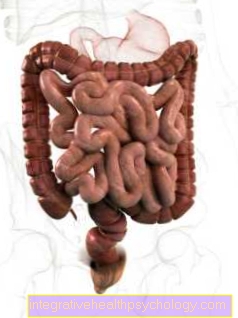
.jpg)

